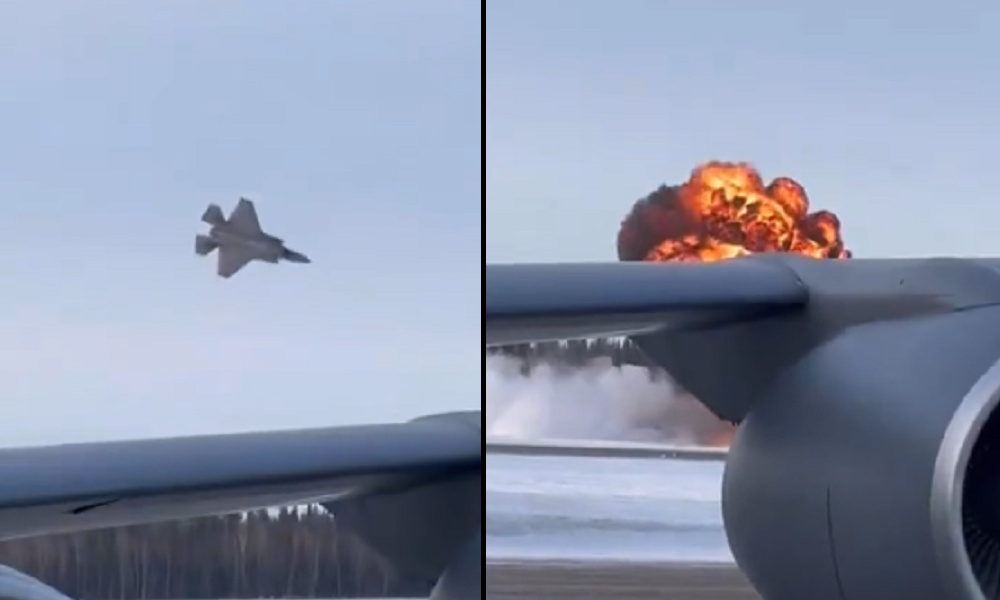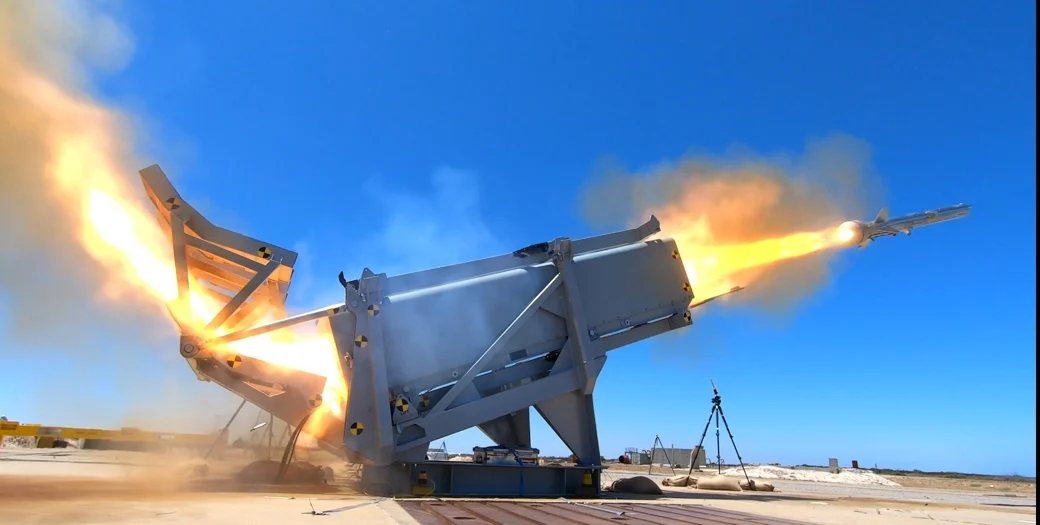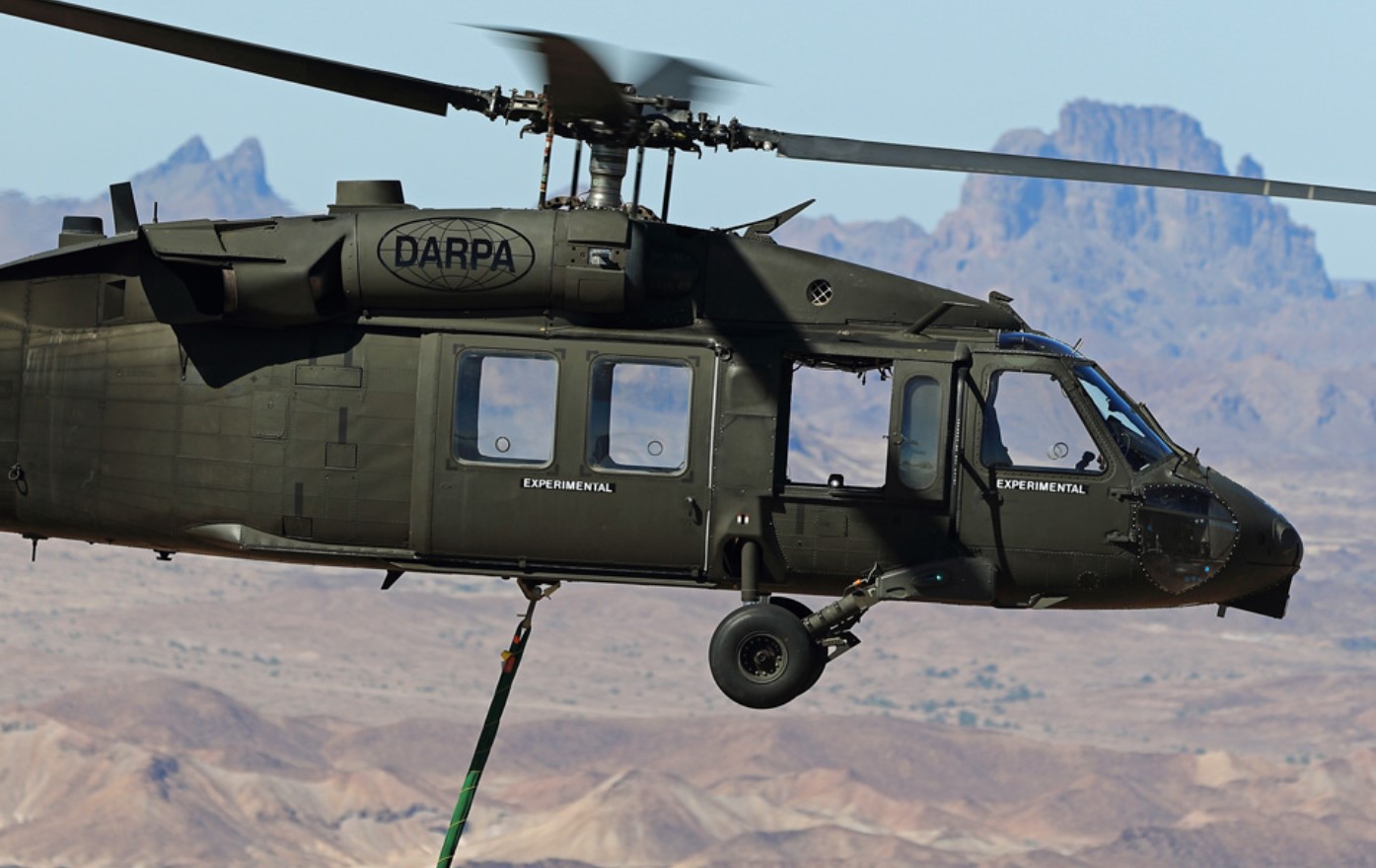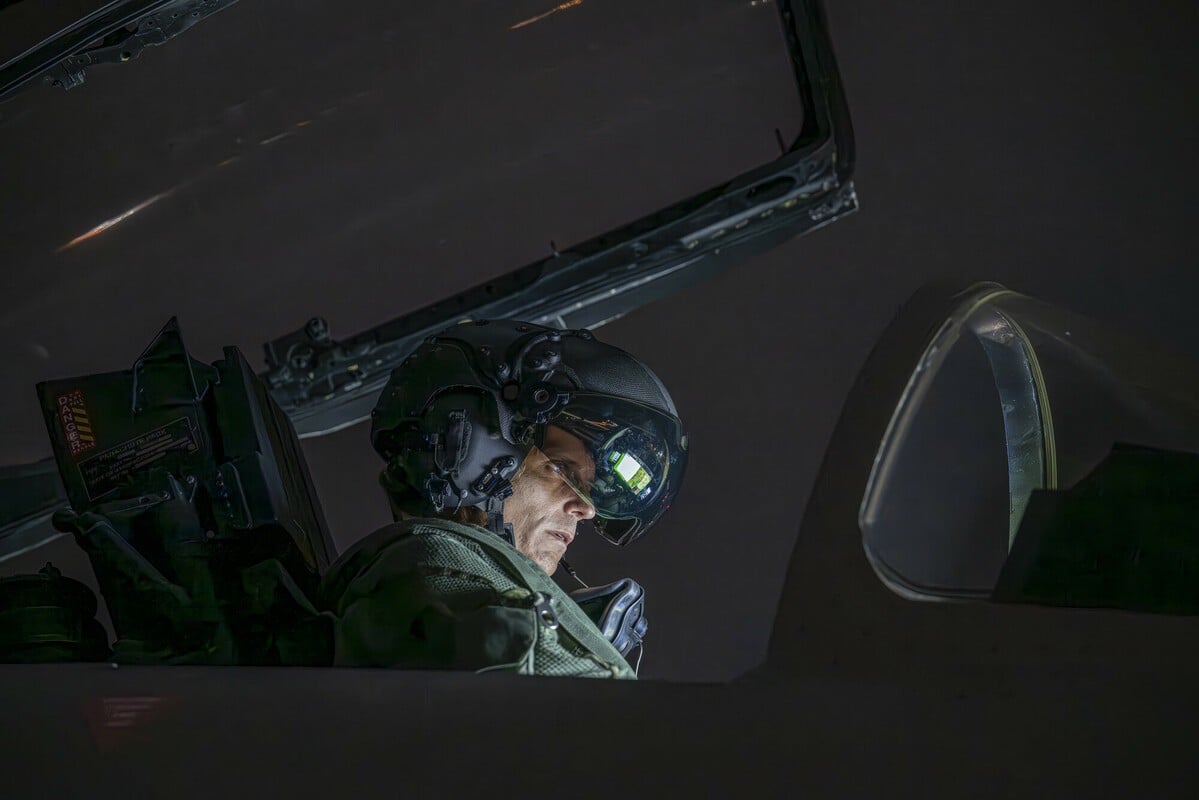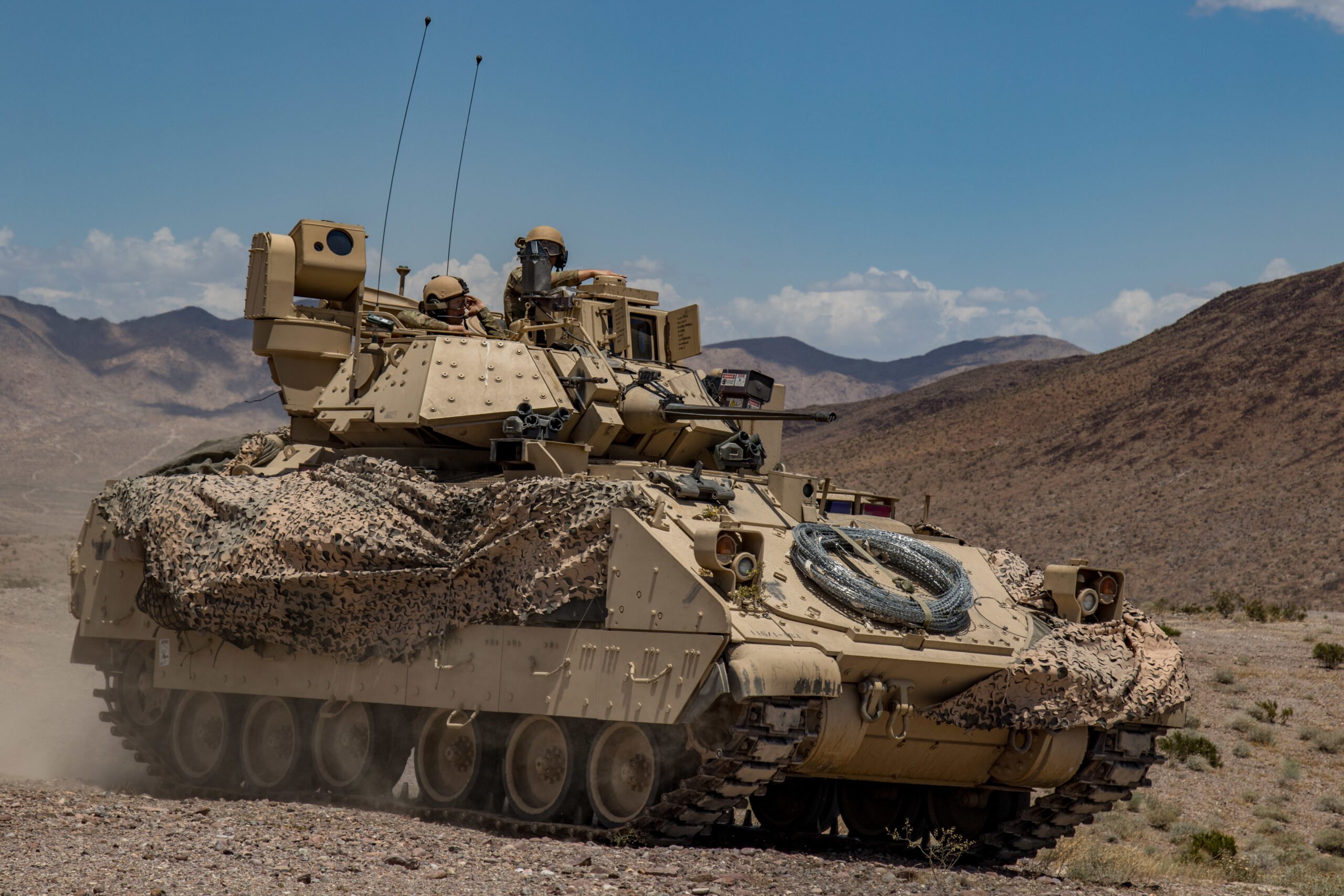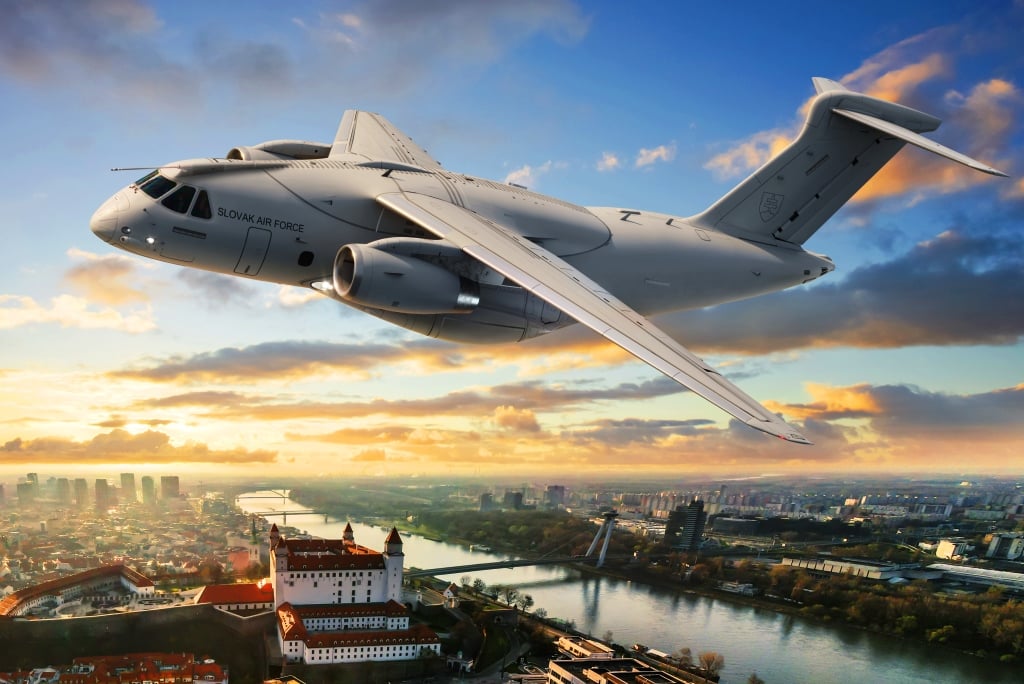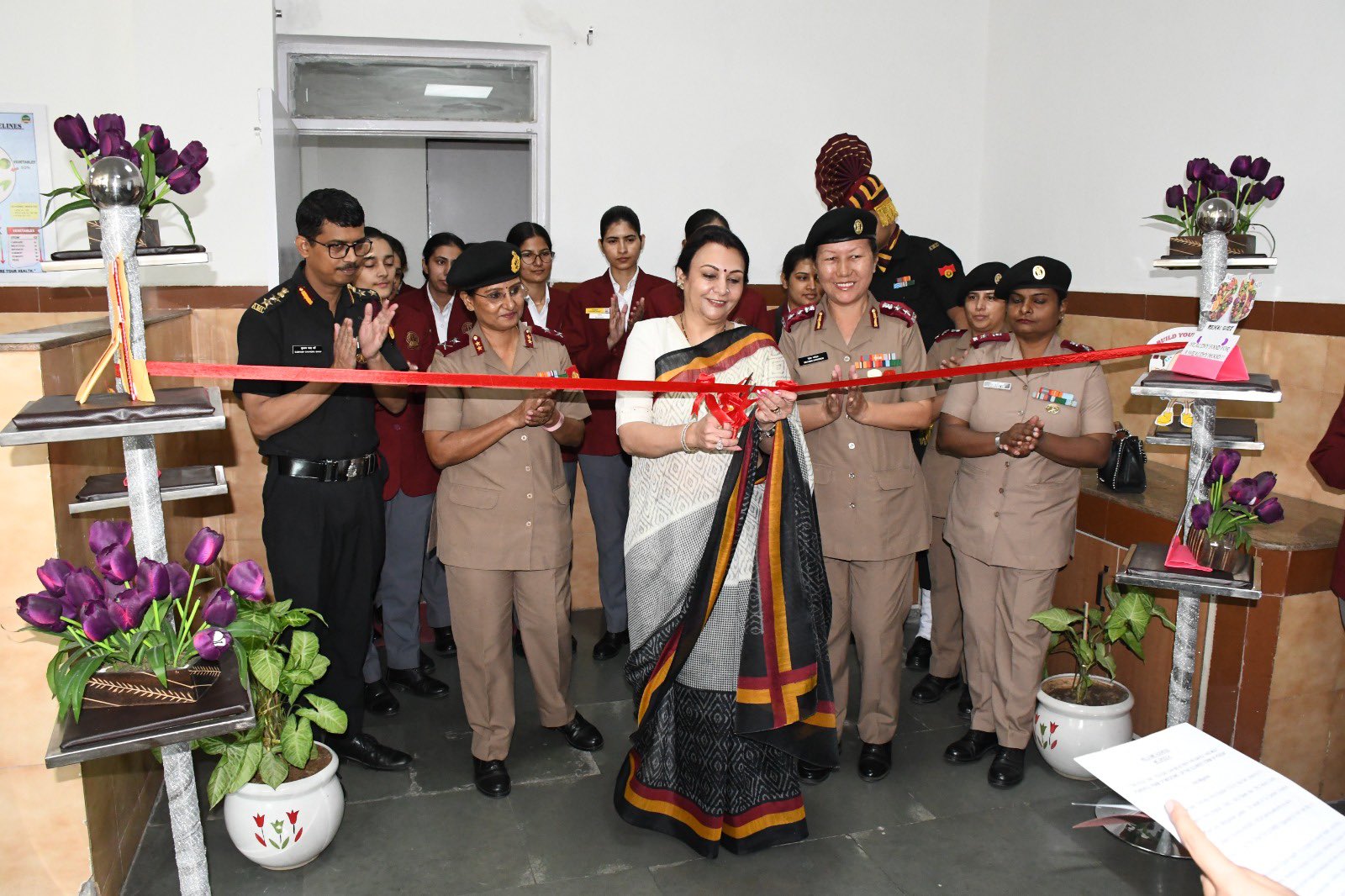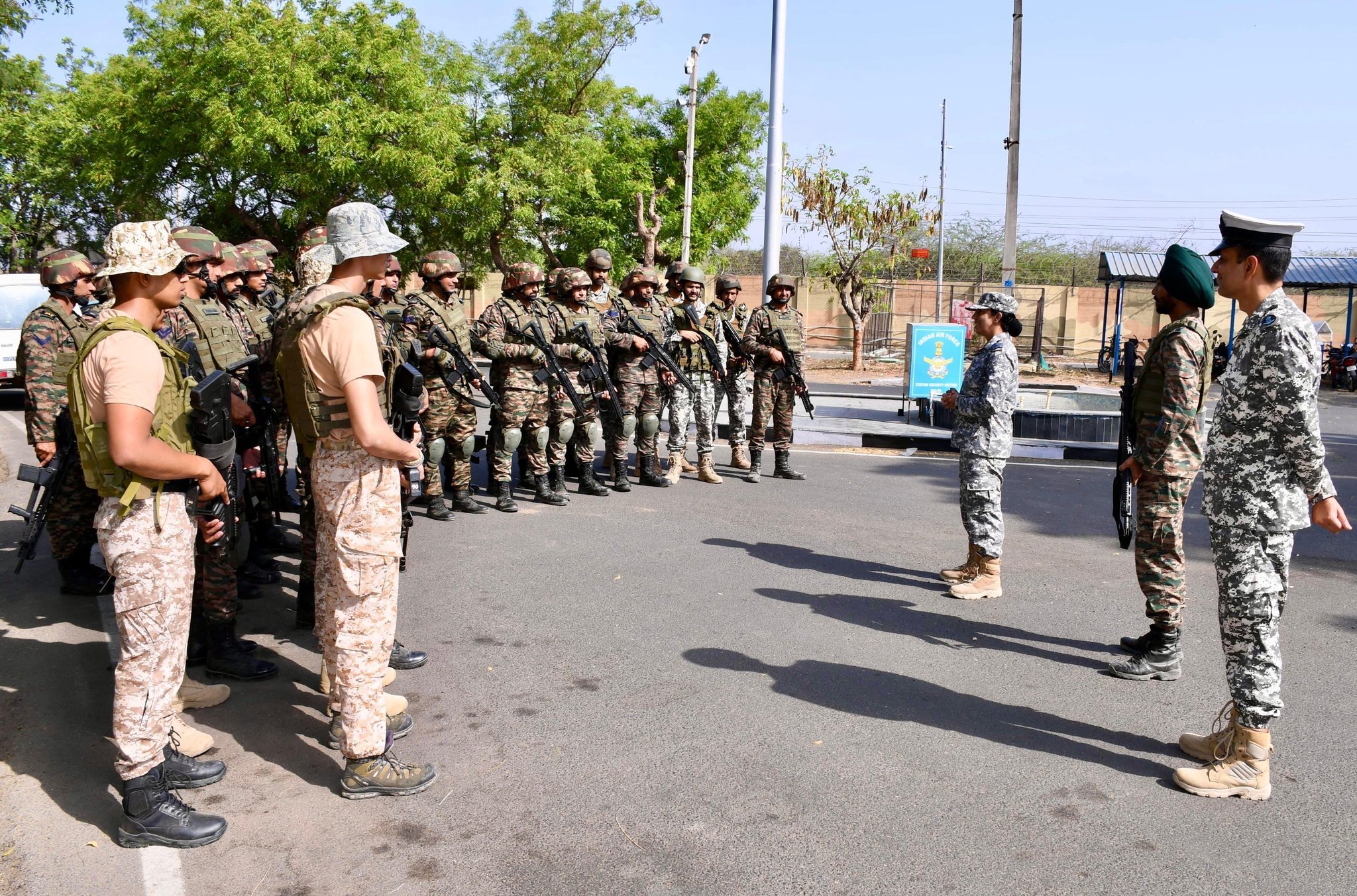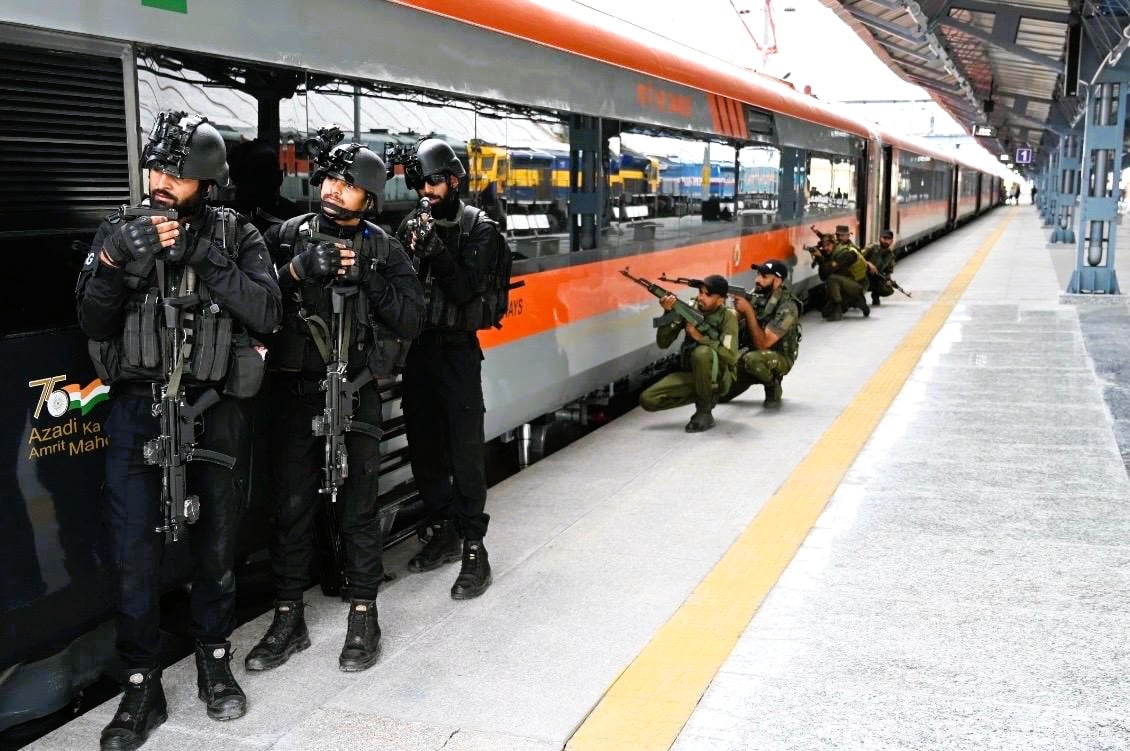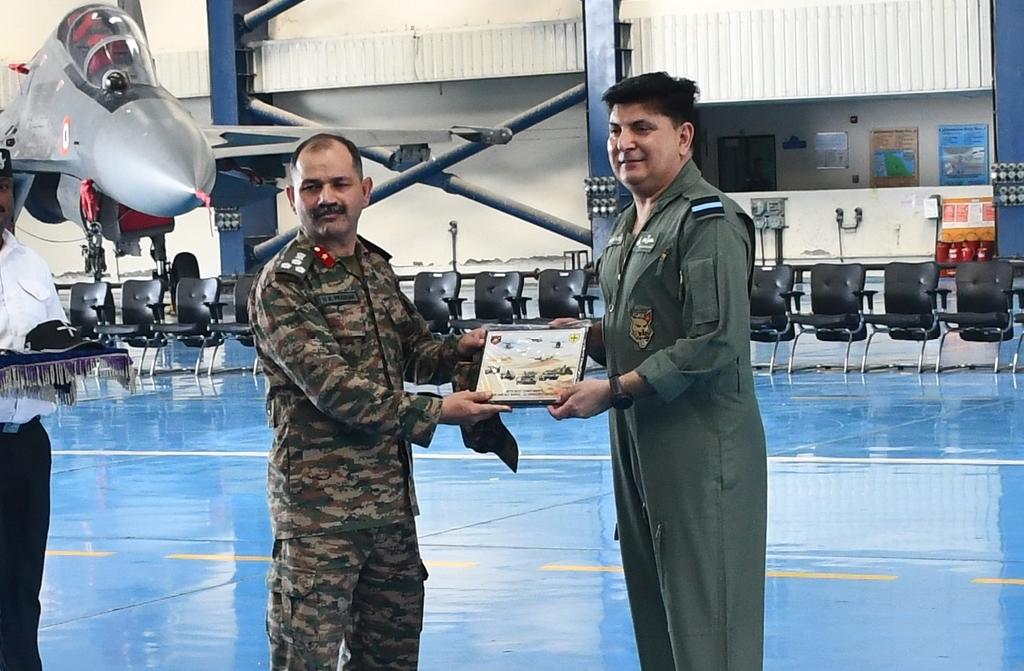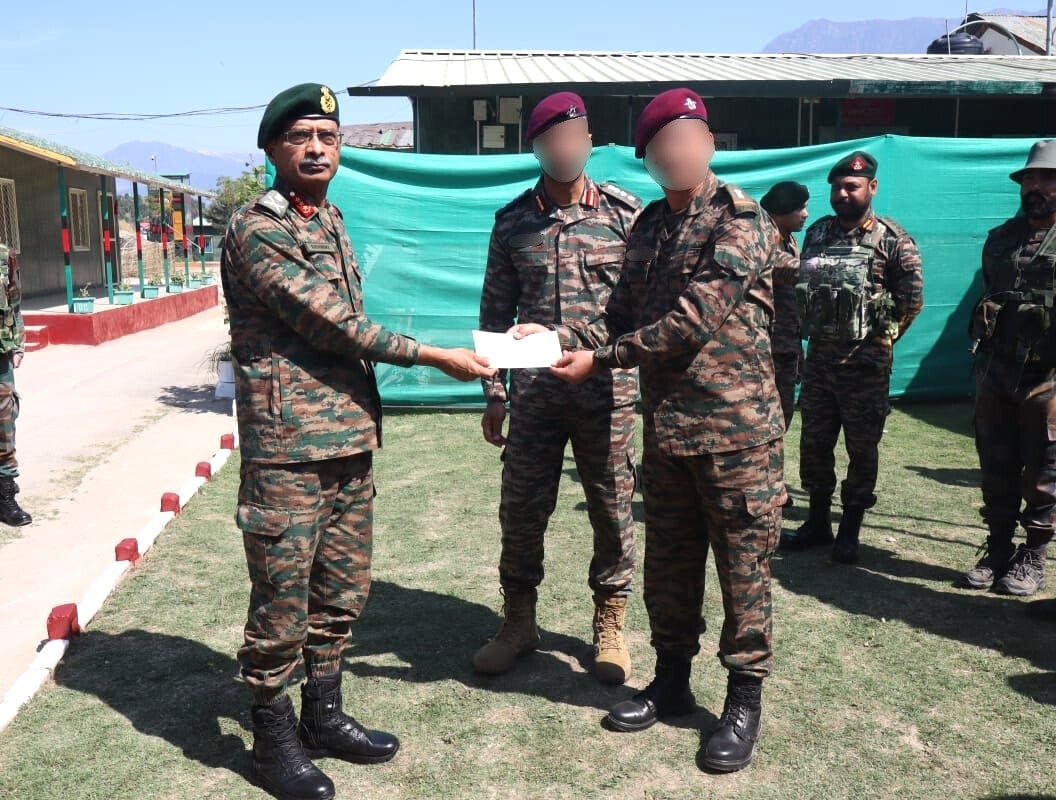Ukraine is redefining the landscape of modern warfare through its innovative use of first-person view (FPV) drones, particularly in counter-drone operations against Russian forces. Since their deployment in early 2023, these highly maneuverable drones have transformed tactical combat, enabling Ukrainian forces to effectively intercept Russian fixed-wing reconnaissance drones.
Visual confirmations from various sources indicate that since May 2024, nearly 650 interceptions of Russian unmanned aerial systems (UAS) have occurred, mainly within distances of 1,000-3,000 meters along the frontline. The Tochnyi collective project has documented over 850 interceptions, suggesting that the actual figures may be even higher, as not all interceptions are recorded or disclosed to the public. This growing effectiveness is particularly significant as it undermines Russia’s intelligence, surveillance, and reconnaissance (ISR) capabilities, which are critical for their military operations.
The elimination of Russian drones from the skies has immediate strategic consequences. Without proper ISR, Russian forces struggle to collect timely target information, limiting their artillery and missile capabilities against strategic targets, including high-value locations like airfields and ground-based air defenses. This disruption has notably decreased the frequency of attacks on Ukrainian positions, providing much-needed relief for units along the frontline.
Moreover, the reduction in the number of Russian drones complicates their more sophisticated strike capabilities, such as loitering munitions that rely on live reconnaissance. Reports suggest a marked decrease in the usage of Lancet drones—known for their hunter-killer teams—since the intensified Ukrainian drone operations began. Ukrainian FPV operators have successfully intercepted even some of these loitering munitions, confirming the expanding scope of their drone defense capabilities.
The economic efficiency of using FPV drones as interceptors enhances Ukraine’s operational flexibility. These drones are not only cheaper than other kinetic solutions available but also relatively straightforward to produce and deploy, making them ideal for use across dispersed military units. The demand for FPV drones is surging, with manufacturers and crowdfunding initiatives rapidly supplying thousands of platforms to frontline troops.
As the use of FPV drones has skyrocketed, it has led to substantial experimentation and tactical refinement. This has resulted in the formation of specialized FPV air defense units within several Ukrainian brigades. However, operating these drones effectively requires skilled personnel, and extensive training is necessary for successfully executing high-speed maneuvers and engaging moving targets.
To further enhance operational capabilities, there is a growing need for the integration of automated terminal guidance systems. Currently, Ukrainian forces are employing automated detection and tracking tools for Russian drones, and the development of scalable AI-enabled computer vision could potentially revolutionize the last-mile engagement process, enhancing resilience against electronic warfare as Russian capabilities evolve.
Meanwhile, observations of Russian drone operations reveal a reliance on a standardized fleet of medium-size reconnaissance UAS, including the Zala 421, Supercam 350, and Orlan variants, with the Zala 421 being the predominant model intercepted by Ukrainian FPVs. Russia’s efforts to counteract Ukrainian successes include the development of camouflage techniques and the installation of radio-frequency jammers, although these measures have largely not achieved significant success.
The ongoing drone warfare has led to a race for tactical and technological superiority, with both sides adapting strategies in response to each other’s tactics. Ukraine’s current edge in FPV drone technology is significant but may be under threat as Russia develops countermeasures to mitigate the effectiveness of these interceptors. As the conflict continues, investments in drone technology from NATO and its allies could play a crucial role in shaping the future of aerial combat in this evolving battlefield.



